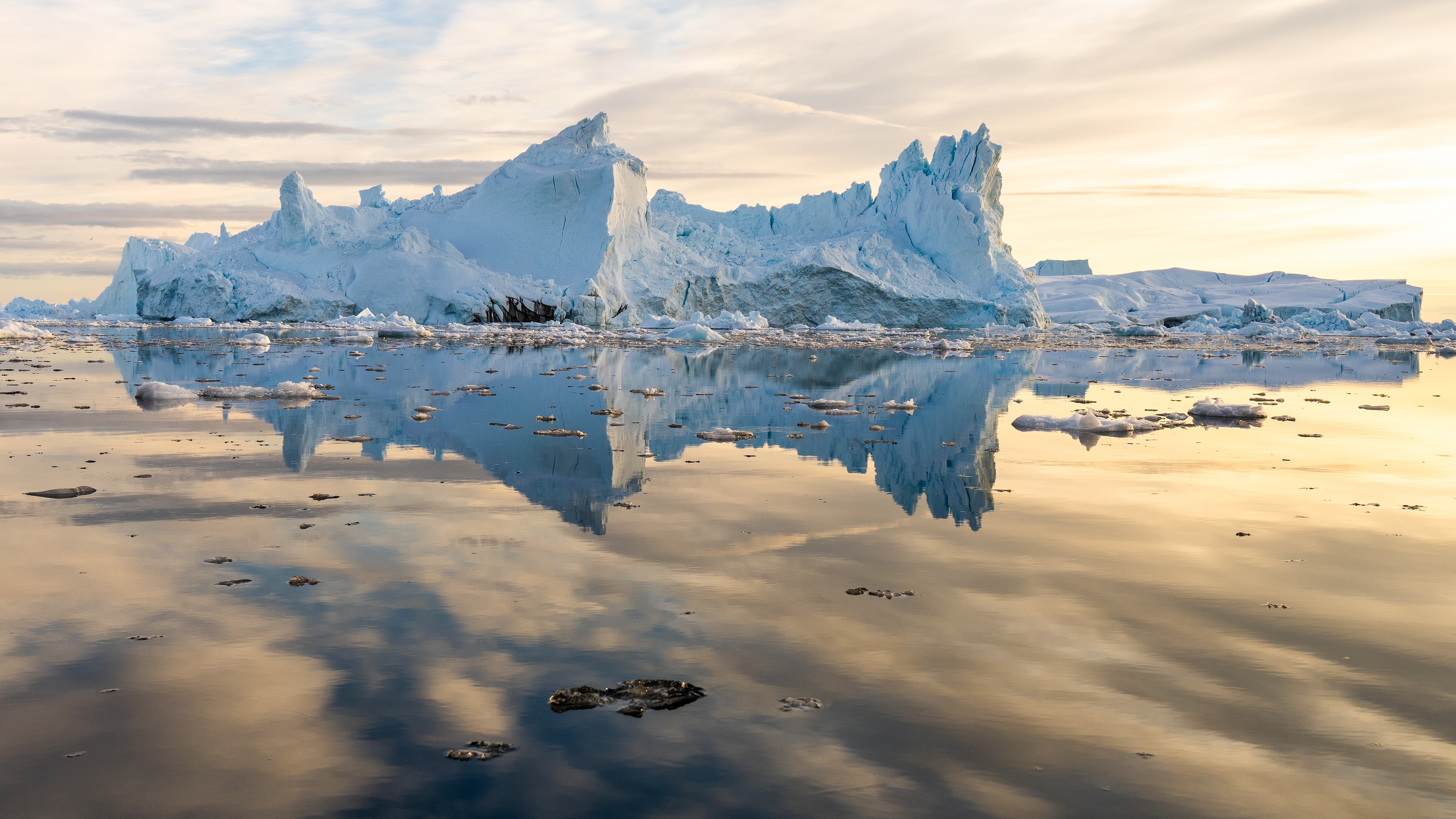Rain falls on Greenland's summit for first time in recorded history
Around 7 billion tons of water fell across the ice sheet.

Rain has fallen on the summit of Greenland's ice sheet for the first time in recorded history, heightening concerns about the already precarious condition of its ice.
An unprecedented 7 billion tons (6.3 billion metric tons) of water pelted the ice sheet last Saturday (Aug. 14), falling as rain and not snow for several hours. This was the third time temperatures at the summit had risen above freezing in less than a decade, according to recordings taken by the National Science Foundation's Summit Station.
The rain, which occurred over two days from Aug. 14 to Aug. 15, was also accompanied by the melting of up to 337,000 square miles (872,000 square kilometers) of ice, according to the U.S. National Snow & Ice Data Center (NSIDC).
"There is no previous report of rainfall at this location, which reaches 3,216 meters (10,551 feet) in elevation," NSIDC researchers said in a statement, adding that the amount of ice lost in one day was the same as the average ice lost across a typical week for the same time of year.
Related: Images of melt: Earth's vanishing ice
The rainfall, which is the heaviest since records began, is a sure indication that Greenland is warming at a rapid pace, Ted Scambos, a scientist at the National Snow and Ice Data Center at the University of Colorado Boulder, told CNN.
"What is going on is not simply a warm decade or two in a wandering climate pattern. This is unprecedented," Scambos said. "We are crossing thresholds not seen in millennia, and frankly this is not going to change until we adjust what we're doing to the air."
Get the world’s most fascinating discoveries delivered straight to your inbox.
This year, 2021 has been an ominous one for the enormous ice sheet that, along with the Antarctic ice sheet, make up 99% of the Earth's freshwater reserves. In February, researchers warned that Greenland's ice sheet was barreling toward a tipping point beyond which large parts of it could melt even without further increases to global temperatures, Live Science previously reported. In July, the ice sheet suffered a massive melting event, losing 9.37 billion tons (8.5 billion metric tons) of ice from its surface per day — twice its normal average rate of loss during summer — over the course of the week, Live Science previously reported.
Global sea levels would rise by about 20 feet (6 m) if all of Greenland's ice melted, according to an NSIDC estimate.
Scientists attribute the cause of the rainfall to an atmospheric event, called an anticyclone, above the island. Anticyclones are regions of high pressure that cause air to sink, warming as it falls. These anticyclone conditions enable hot weather to persist in one area for long periods of time, creating heat waves.
A landmark report released this month from the U.N.'s Intergovernmental Panel on Climate Change (IPCC) issued a stark warning that Earth was expected to reach the critical threshold of 1.5 degrees Celsius (2.7 degrees Fahrenheit) warming due to climate change within the next 20 years.
The report, which U.N. Secretary-General António Guterres, described as a "code red for humanity," warns that increasingly extreme weather events, such as heat waves, droughts and floods will become more common as the planet warms.
Originally published on Live Science.

Ben Turner is a U.K. based staff writer at Live Science. He covers physics and astronomy, among other topics like tech and climate change. He graduated from University College London with a degree in particle physics before training as a journalist. When he's not writing, Ben enjoys reading literature, playing the guitar and embarrassing himself with chess.
